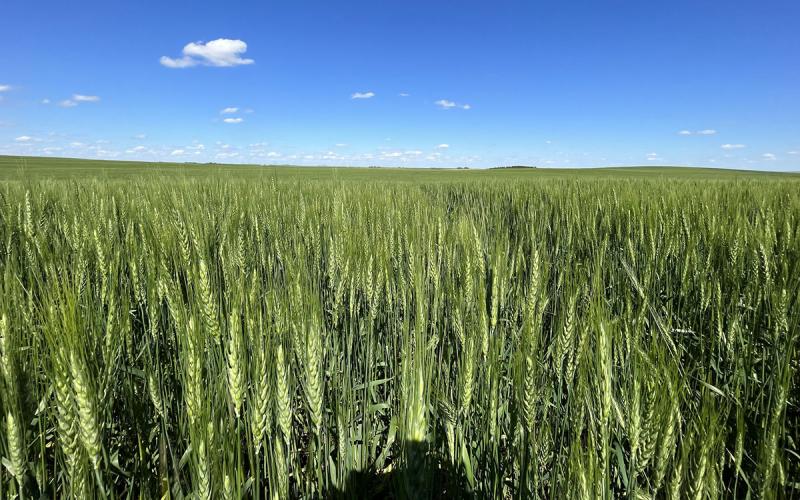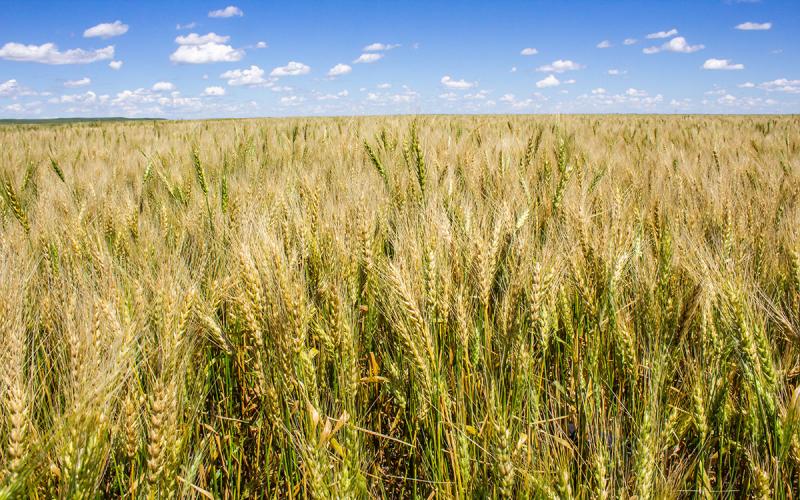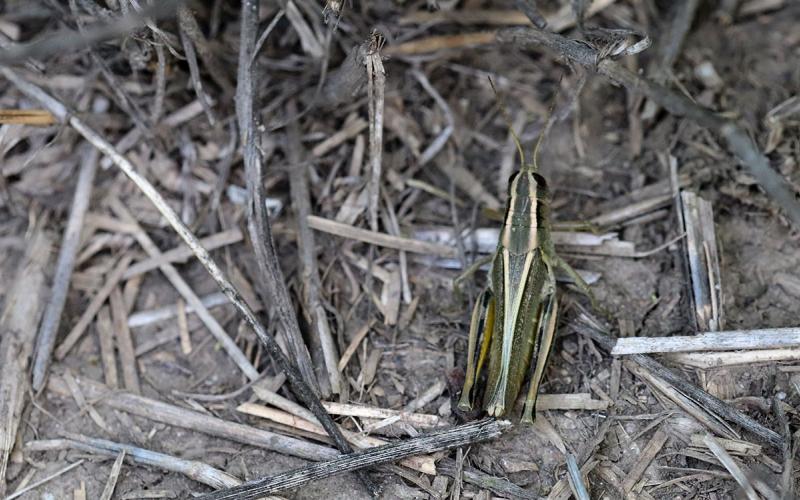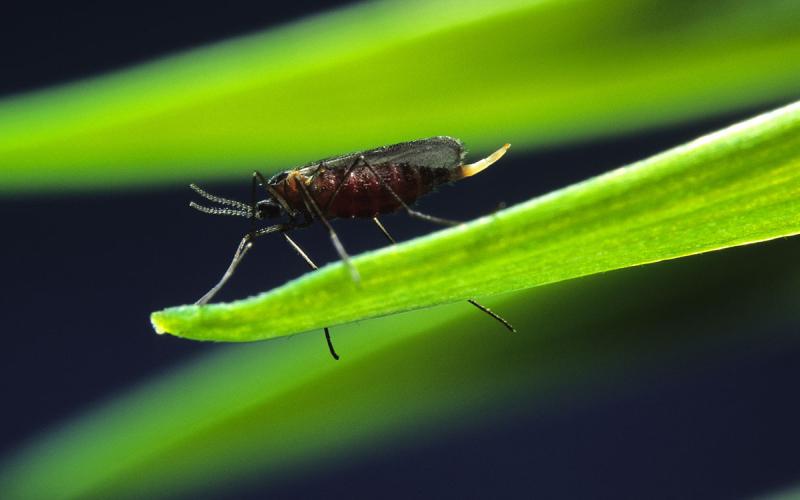
With spring and warmer temperatures arriving in South Dakota, now is the ideal time to start planning your wheat crop for the 2025 growing season. Whether it be winter wheat or spring wheat, there are many things to consider to help improve the health and success of these crops. This is especially relevant when considering the dry environmental conditions that we have experienced in the fall of 2024 and the winter and early spring of 2025.
Spring Wheat
Despite the varying opinions on the best time to plant spring wheat, the “wheels are starting to turn” in the field for South Dakota small grain farmers. Planting date for spring wheat is determined by many factors including soil temperature and soil moisture. Although soil temperature is an important factor to consider when planting small grains, waiting for higher soil temperatures is not ideal for some locations in South Dakota, as these conditions are not guaranteed with variable weather. Additionally, waiting for ideal temperatures can put the crop at risk of reduced crop yield and quality due to higher environmental temperatures seen later in the year (Hall, 2019).
Adequate moisture in the field is crucial for successful spring wheat seed germination, giving it the best chance of survival. When soil moisture is low, seeding depth may need to be adjusted based on available water. While the recommended depth is 1 to 1.5 inches, planting deeper may be necessary to reach moisture. Sufficient soil moisture also improves nutrient availability and plant uptake, making it an essential factor to consider during planting.
Winter Wheat
Contrary to spring wheat, the winter wheat planting window has already passed, as this commodity went into the ground in the fall of 2024. During this time, a large portion of the state had low soil moisture conditions, which may have had an effect on wheat germination. According to the U.S. Department of Agriculture Crop Progress Report on March 3, 2025, topsoil moisture supplies rated at 43% very short, 40% shorts, and 17% adequate. Meanwhile, the corresponding winter wheat conditions were rated 10% very poor, 32% poor, 42% fair, and 16% good.
In addition to poor moisture conditions at planting, winter wheat endured extended cold periods and minimal insulating snowfall, increasing the risk of winterkill. However, the full extent of winter wheat survival is still uncertain. A common concern for winter wheat growers in conditions like this is the extent of vernalization that occurred, a critical component of winter wheat reproductive growth brought on by wheat dormancy. It is important to note that winter wheat emergence is not required for successful vernalization processes to occur, only the swelling of the seed and imbibition of soil water (Pennington et al., 2023). Timely spring precipitation could improve stands in affected areas, enhancing crop recovery. No-till farming practices provide an advantage, as crop residue offers insulation that helps protect wheat from winter injury. Conducting stand counts on planted wheat can give you a better understanding of your potential wheat success in 2025. To do this, you can refer to an article written by Sara Bauder, titled Assessing Winter Wheat Stands.
Looking Ahead
As the growing season progresses, close monitoring of soil moisture, crop emergence, and stand conditions will be crucial for optimizing wheat production. Spring rainfall could improve winter wheat stands and provide favorable conditions for spring wheat planting. Farmers should remain adaptable, making informed decisions to mitigate challenges posed by moisture variability and temperature fluctuations. By carefully managing planting strategies and moisture conditions, South Dakota growers can position themselves for a more successful wheat harvest in 2025.
References
- Hall R., Chapter 5: Spring Wheat Planting Guide, SDSU Extension iGrow Wheat Best Management Practices, 2019
- Pennington D., Falor J., Fall Wheat Emergence and the Vernalization Process, Michigan State University Extension, 2023
- Bauder S., Assessing Winter Wheat Stands, SDSU Extension, 2023


